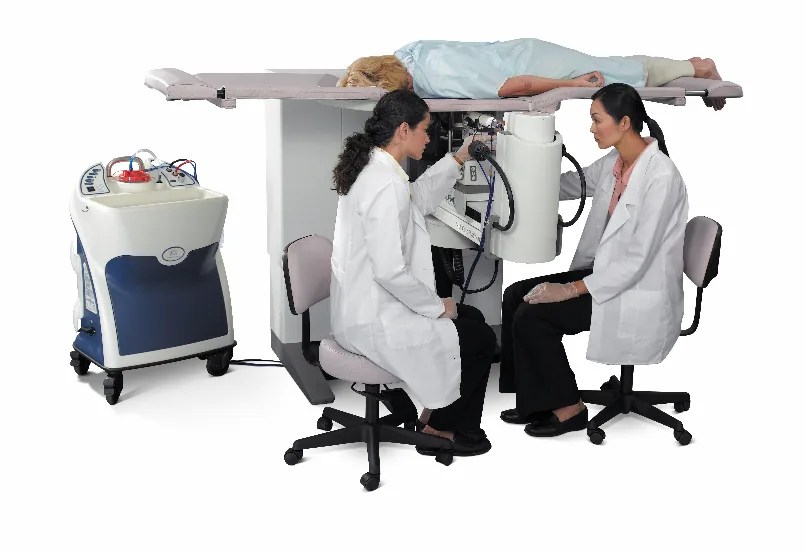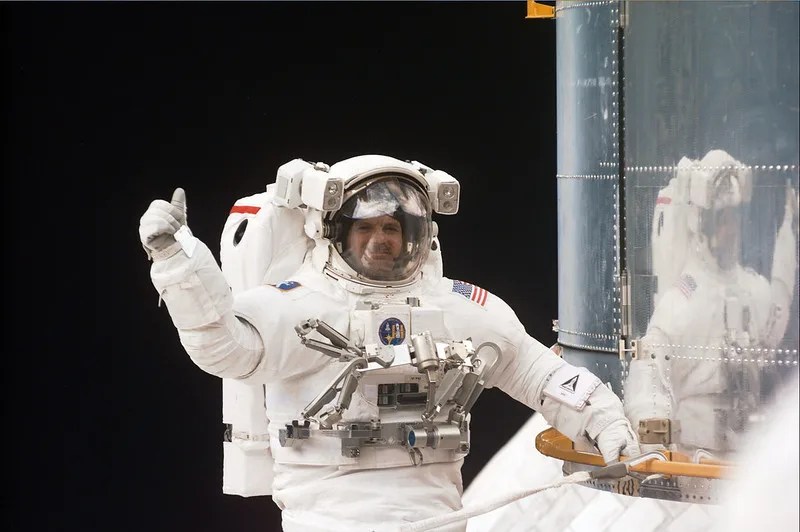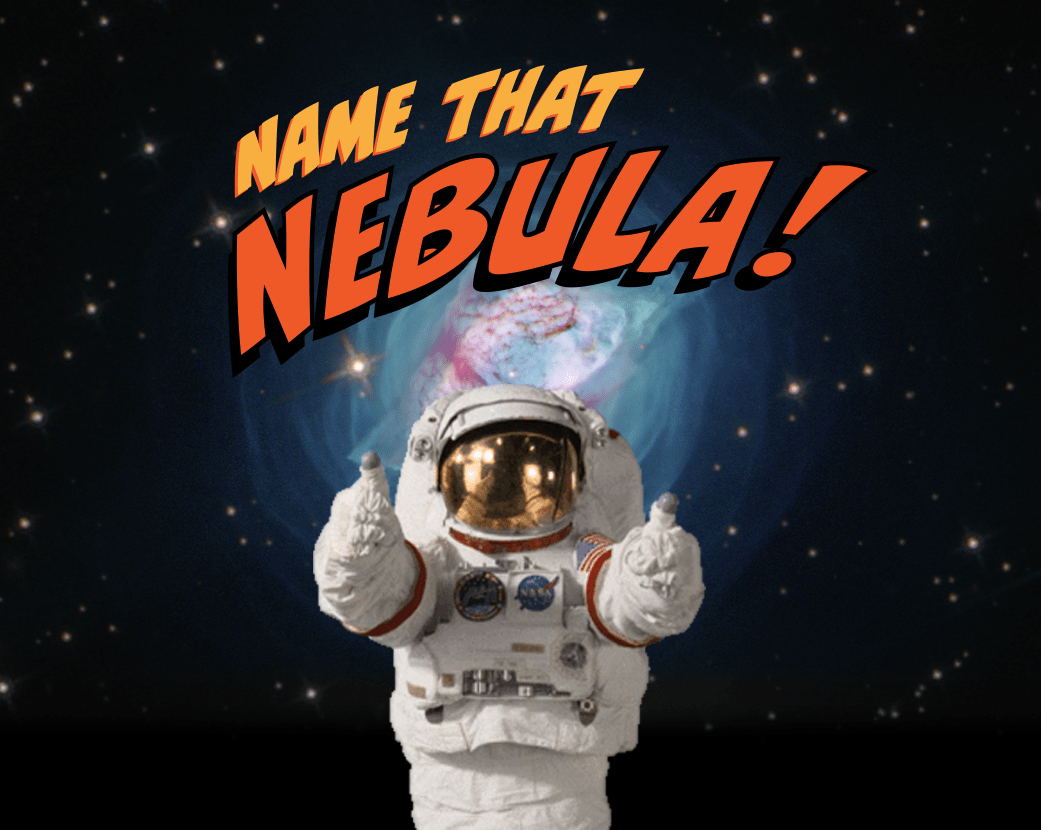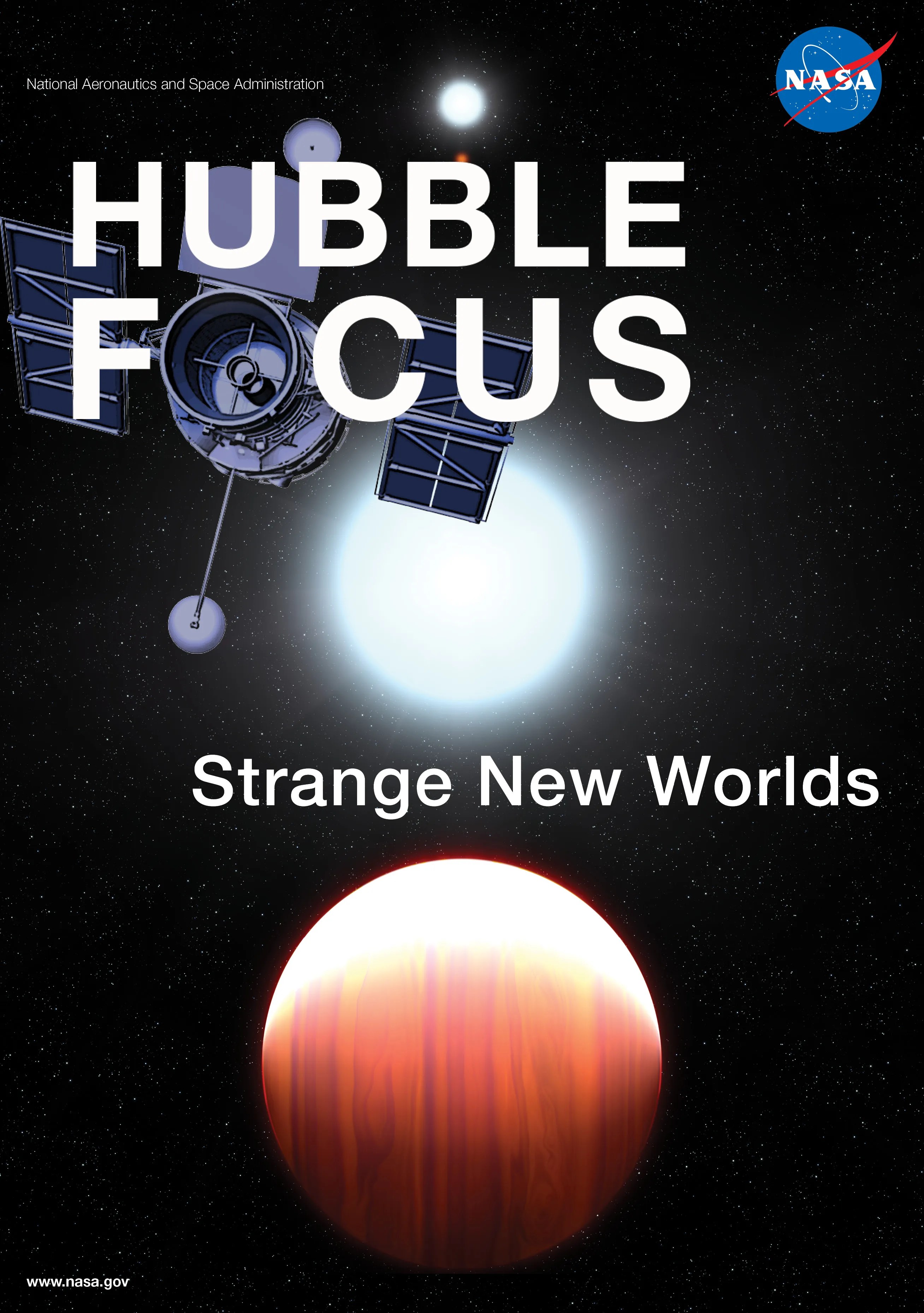Science
Hubble's Galaxies
Our galaxy, the Milky Way, sits in a Local Group of more than 20 galaxies, but Hubble’s vision takes us far beyond our celestial neighborhood.
Overview
Our Sun is just one of a vast number of stars within a galaxy called the Milky Way, which in turn is only one of the billions of galaxies in our universe. These massive cosmic neighborhoods, made up of stars, dust, and gas held together by gravity, come in a variety of sizes, from dwarf galaxies containing as few as 100 million stars to giant galaxies of more than a trillion stars. Astronomers generally classify galaxies into three major categories: spiral – like our Milky Way – elliptical, and irregular.
Spiral Galaxies
Spiral galaxies have winding spiral arms that make them look a little like massive pinwheels. These disks of stars, gas, and dust have bright bulges in their centers made up primarily of older and dimmer stars. Their whirled arms are typically full of gas and dust, which helps give rise to the bright, younger stars visible throughout their length. Spiral galaxies are actively forming stars and make up a large amount of all the galaxies in our nearby universe.
Spiral galaxies can be further divided into two groups: normal spirals and barred spirals. In barred spirals, a bar of stars runs through the central bulge of the galaxy. The arms of barred spirals usually start at the end of the bar instead of the bulge. Our Milky Way is thought to be a barred spiral galaxy.
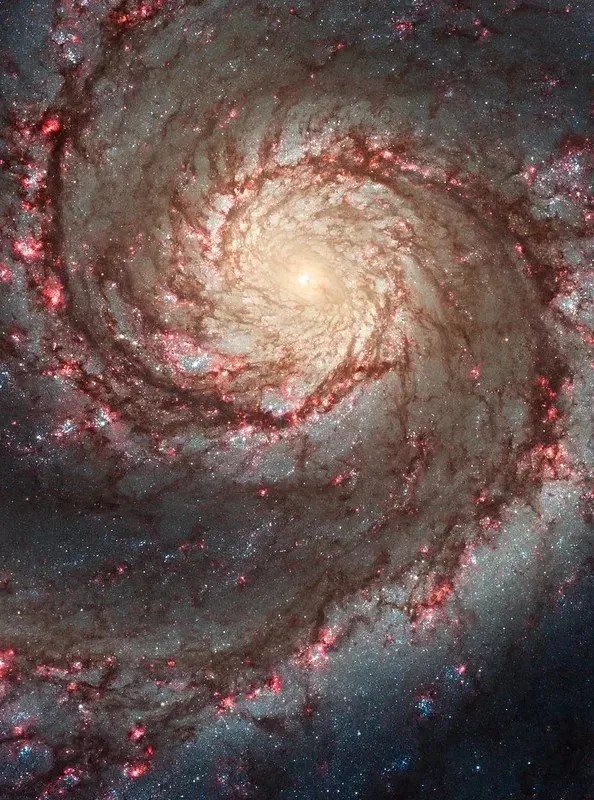
Elliptical Galaxies
Elliptical galaxies are the biggest and most common galaxies in our universe. The shapes of these galaxies range from circular to very elongated. Galaxies are thought to form and grow by collisions and mergers, and elliptical galaxies may be the ultimate result of this process, which explains why they are so abundant. Compared to other types of galaxies, elliptical galaxies have smaller portions of gas and dust, contain older stars, and don’t form many new stars. The largest and rarest of these galaxies – known as giant ellipticals – are about 300,000 light-years across. More commonly spotted are dwarf ellipticals, which in comparison are only a few thousand light-years wide.
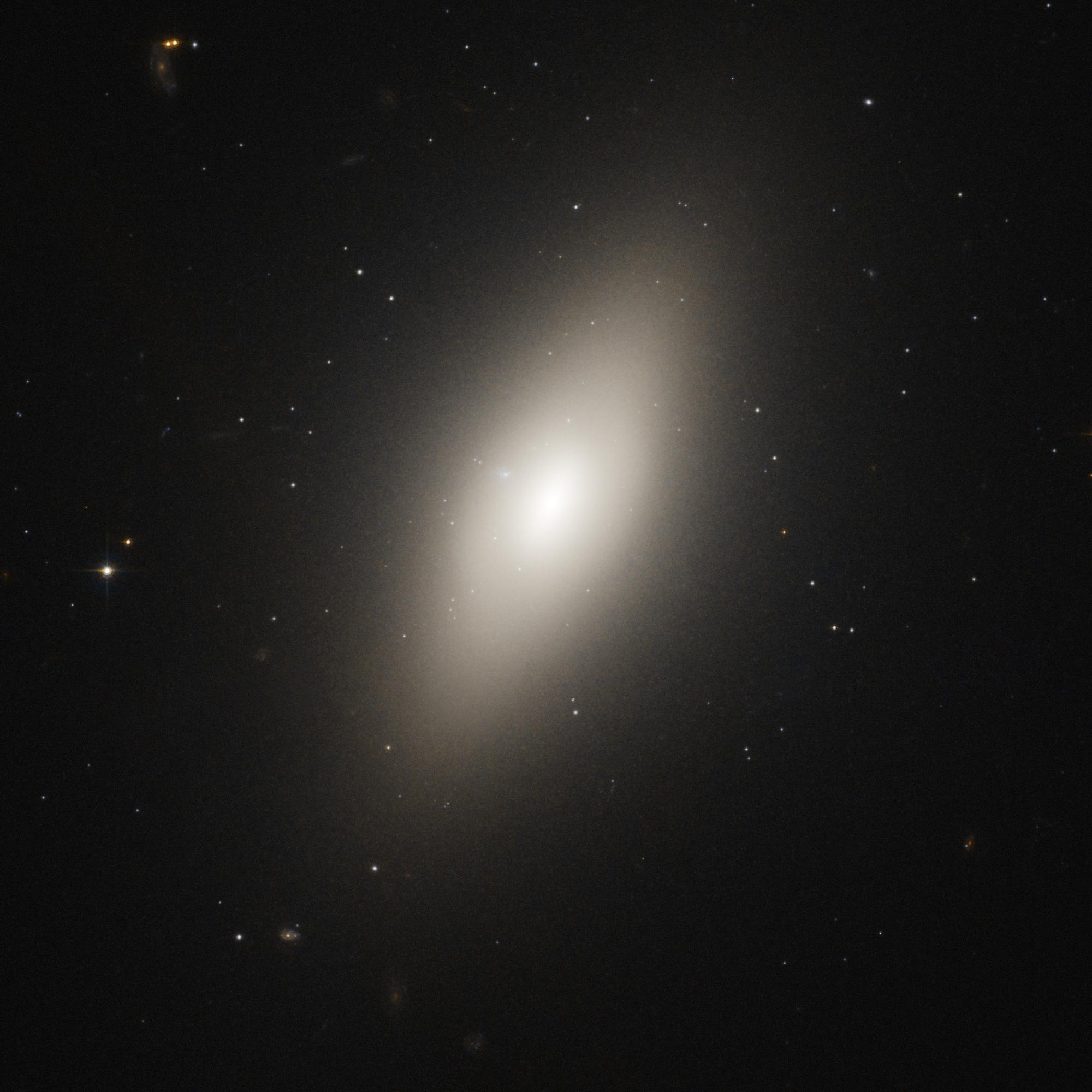
Irregular Galaxies
Irregular galaxies don’t contain much dust, and lack a defined shape. Astronomers often see irregular galaxies as they peer deeply into the universe. These galaxies are abundant in the early universe, in the era before spirals and ellipticals developed. As irregular galaxies collide and merge with other galaxies throughout time, they are thought to develop structure and become the spiral and elliptical galaxies we see in today’s universe.
In addition to these three big categories, astronomers have also observed many unusually shaped galaxies that appear to be in a transitory or “in-between” phase of galactic evolution, including galaxies that are colliding or interacting with each other, pulled together by gravity.
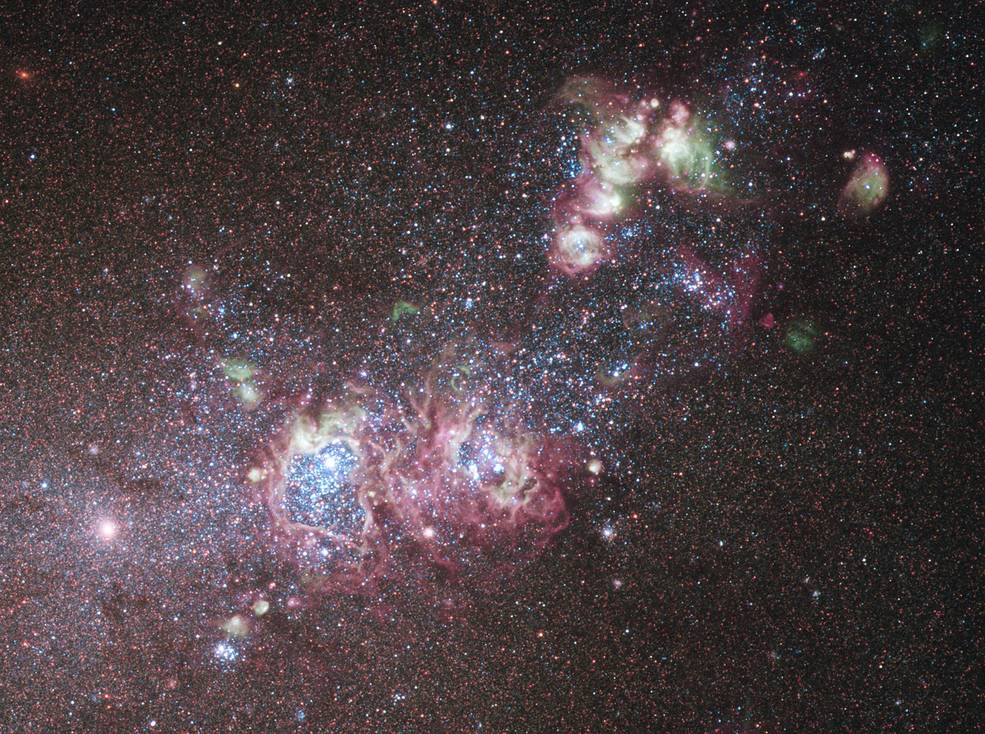
Hubble’s Impact
For over three decades, the Hubble Space Telescope has helped scientists gain a greater understanding of how galaxies form and evolve. The telescope has observed some of the farthest galaxies ever seen, thanks to its iconic deep field imagery. Among its famous observations is the Hubble Ultra Deep field, the deepest image of the universe ever made at visible and near-infrared wavelengths, and revealed over 10,000 galaxies in a small patch of sky.
Thanks to Hubble’s observations, astronomers have traced the evolution and formation of galaxies, discovered that most galaxies contain supermassive black holes, and mapped the presence of the mysterious dark matter that makes up most of the universe’s mass and structure. Hubble has viewed galaxies that spin backwards, unusually close galaxies dancing together before colliding to form a giant ellpitical, and ring-shaped galaxies that may have formed through gravitational interactions with nearby or passing galaxies. The sheer diversity of the galaxies observed by Hubble has vastly increased our understanding of the universe and its shining islands of stars.
Hubble’s observations of galaxies continue today, revealing the history of galaxies throughout the universe and shedding light on how our galaxy – and with it, our tiny corner of the cosmos – came into being.
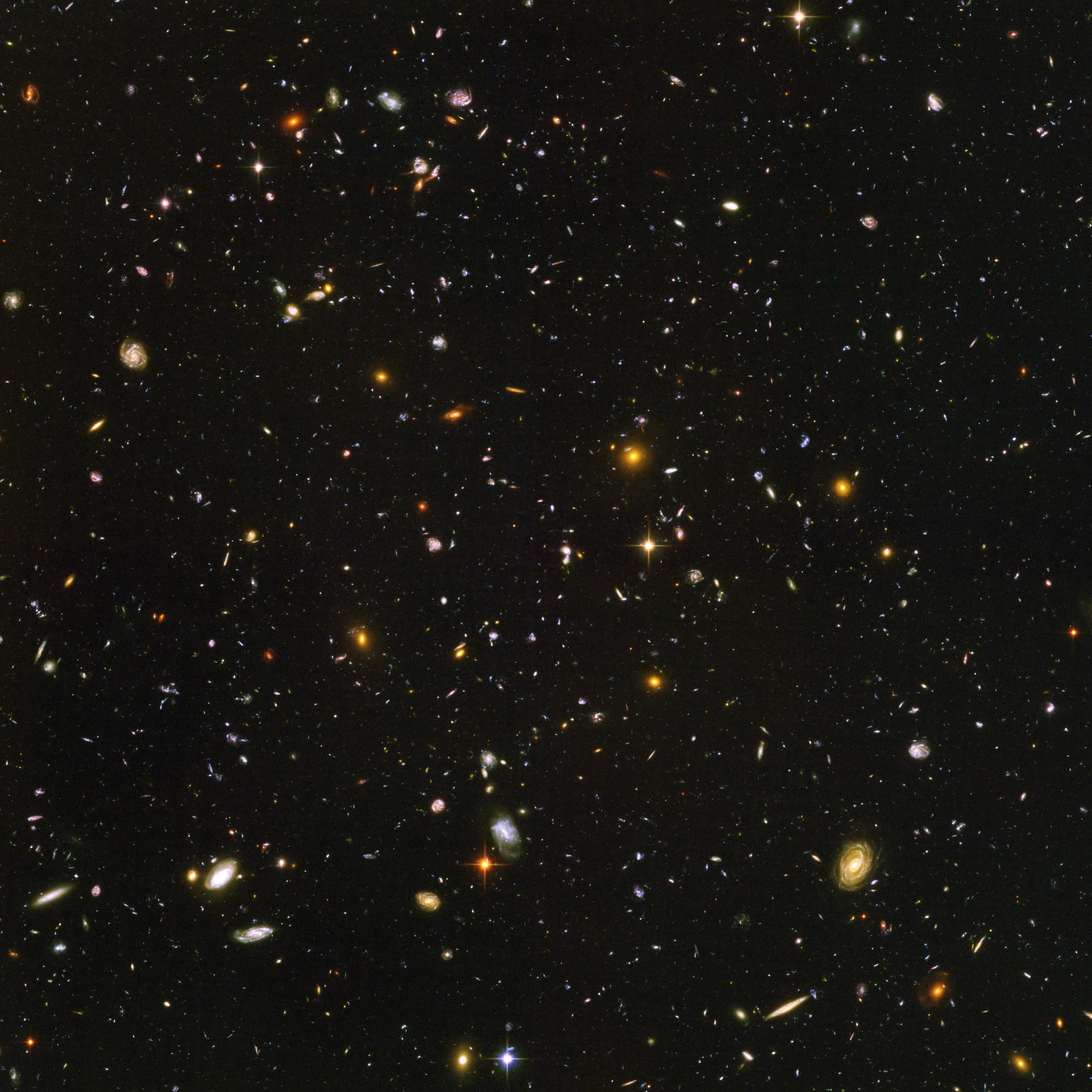
Hubble's Galaxies Gallery
Explore More
Read about Hubble's latest discoveries.

Hubble Images a Grand Spiral
This NASA/ESA Hubble Space Telescope image features the glorious spiral galaxy NGC 5643, which is located roughly 40 million light-years…

NASA Successfully Integrates Roman Mission’s Telescope, Instruments
NASA’s Nancy Grace Roman Space Telescope team has successfully integrated the mission’s telescope and two instruments onto the instrument carrier,…

NASA’s Hubble Celebrates Decade of Tracking Outer Planets
Encountering Neptune in 1989, NASA’s Voyager mission completed humankind’s first close-up exploration of the four giant outer planets of our…


